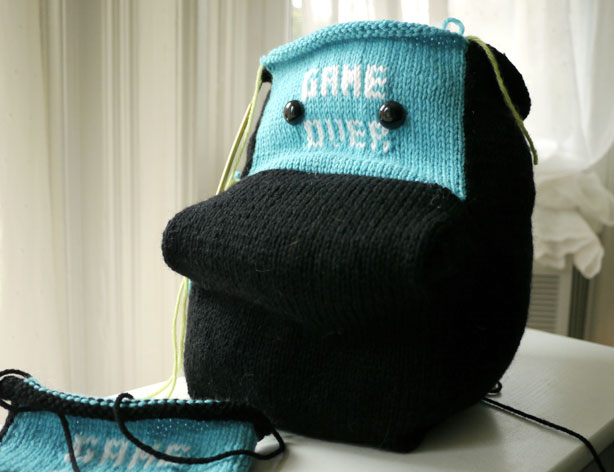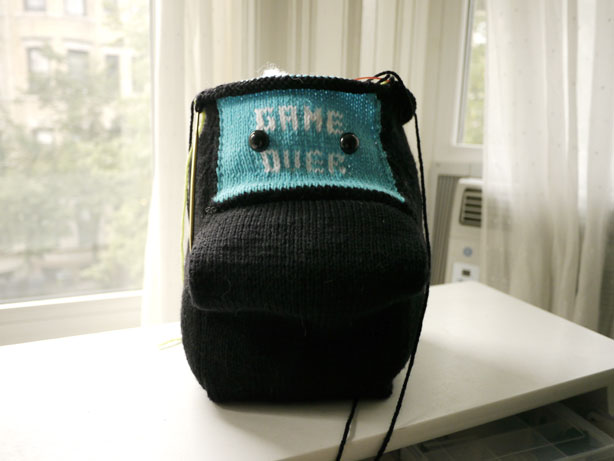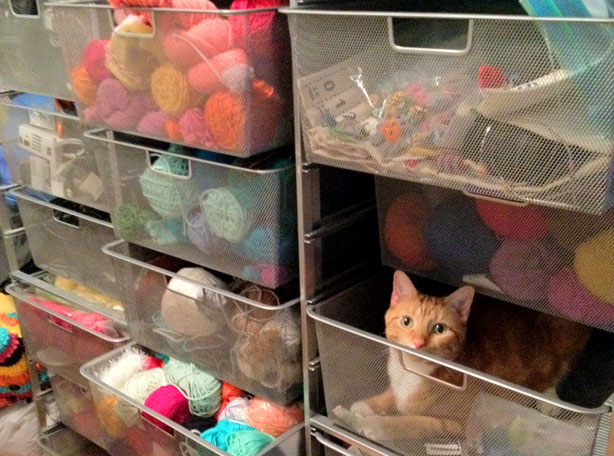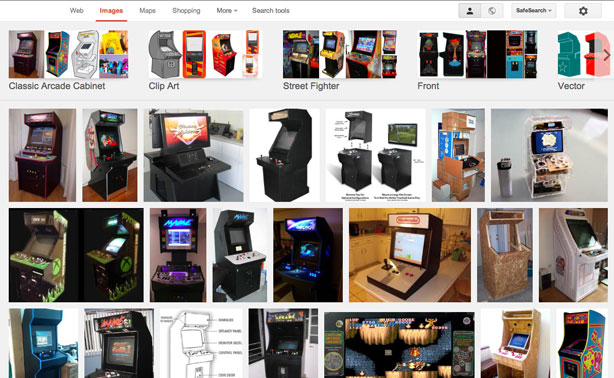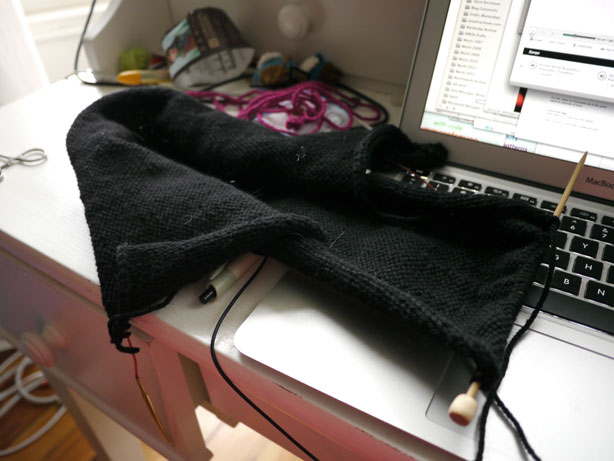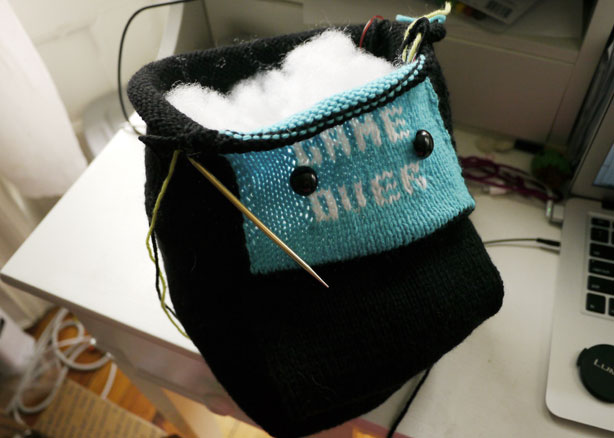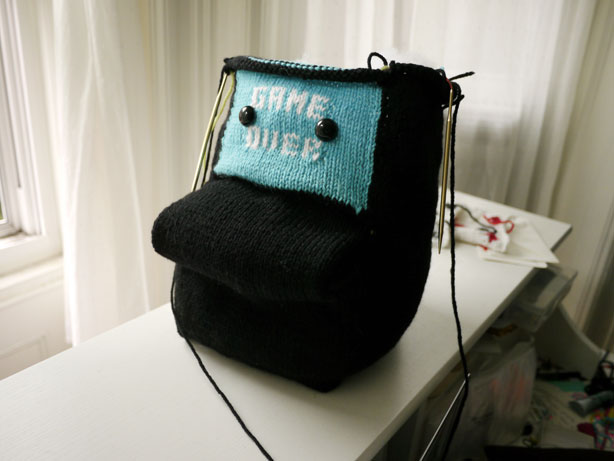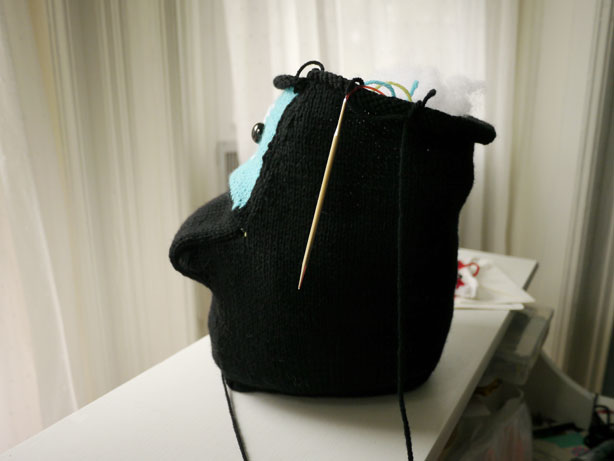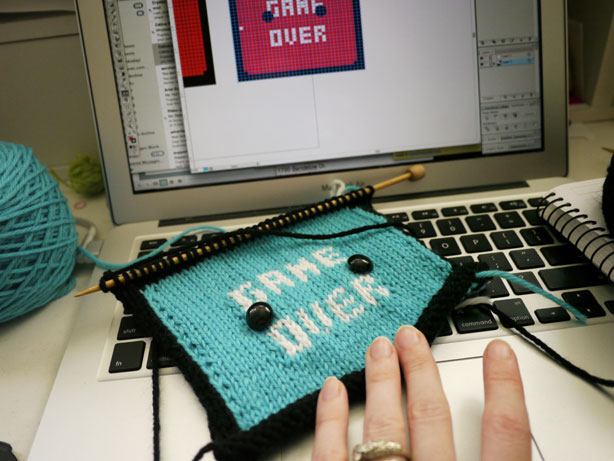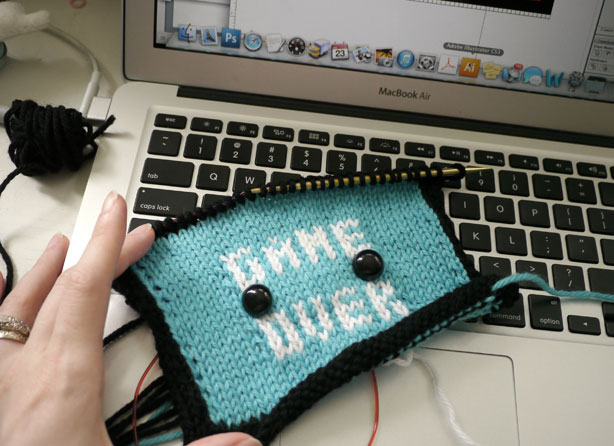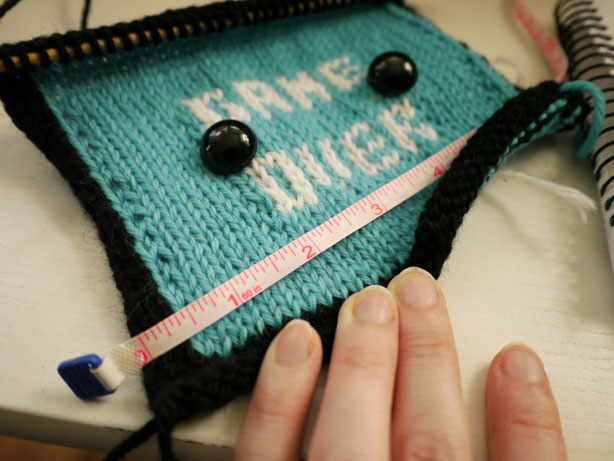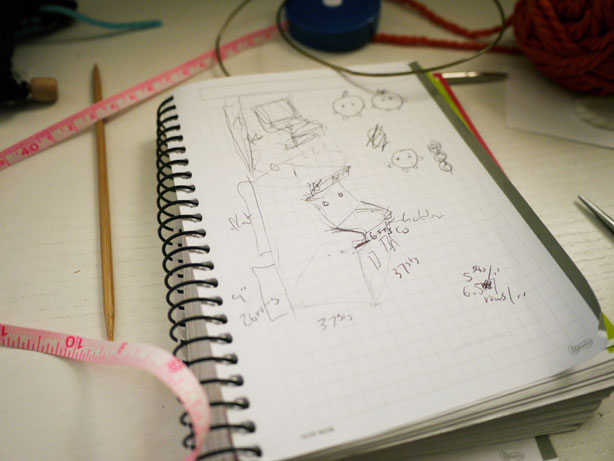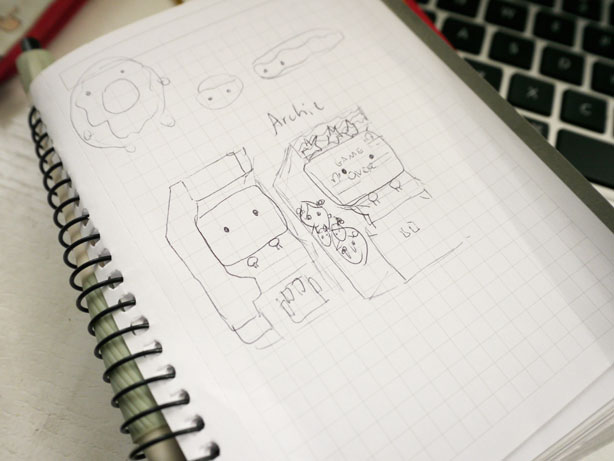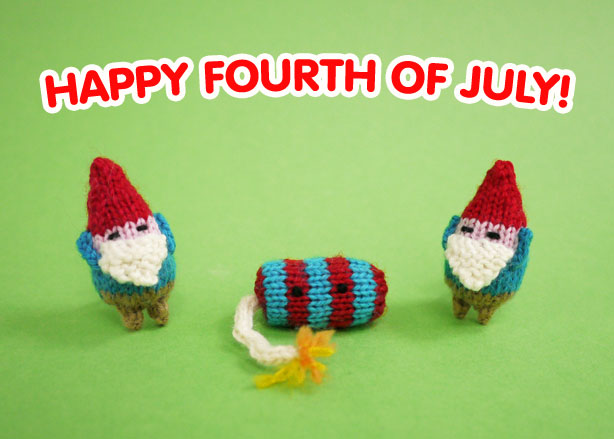Some nice knitters who got early copies have let me know (nicely) about a few problems.
Page 63, Baby Capybara, body and head
At the beginning of this section, you should cast 4 stitches onto 1 DPN, not 3 DPNs.
Page 70, Baby Cakes’ Frosting
After Row 122 in the frosting section, this sentence should be added:
Break the yarn and draw it tightly through the stitches with a tapestry needle.
Page 81, Big Mike’s Tomato
The finishing instructions were omitted.
After completing Rnd 65, lightly stuff the piece. After completing Rnd 67, break the yarn and draw it tightly through the stitches with a tapestry needle.
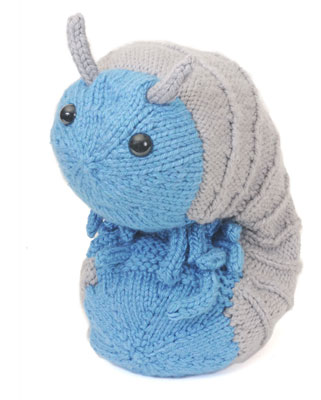 Page 90, Roland’s Shell
Page 90, Roland’s Shell
This is how the section should read:
With A, cast on 37 stitches onto the circular needle to work flat.
Row 1: Sl1, p to last st, sl1.
Row 2: K4, [p1, k3] 8 times, k1.
Rows 3-7: Work in established rib for 5 rows, slipping the first and last stitches on the odd-numbered rows.
Row 8: K4, m1, [p1, k3, m1] 8 times, k1 (46 sts).
Rows 9-13: Work as established for 5 rows.
Row 14: K5, m1, [p1, k4, m1] 8 times, k1 (55 sts).
Rows 15-19: Work as established for 5 rows.
Row 20: K6, m1, [p1, k5, m1] 8 times, k1 (64 sts).
Rows 21-25: Work as established for 5 rows.
Row 26: K7, m1, [p1, k6, m1] 8 times, k1 (73 sts).
Rows 27-31: Work as established for 5 rows.
Row 32: K8, m1, [p1, k7, m1] 8 times, k1 (82 sts).
Rows 33-43: Work as established for 11 rows.
Row 44: K7, k2tog, [p1, k6, k2tog] 8 times, k1 (73 sts).
Rows 45-49: Work as established for 5 rows.
Row 50: K6, k2tog, [p1, k5, k2tog] 8 times, k1 (64 sts).
Rows 51-55: Work as established for 5 rows.
Row 56: K5, k2tog, [p1, k4, k2tog] 8 times, k1 (55 sts).
Rows 57-61: Work as established for 5 rows.
Row 62: K4, k2tog, [p1, k3, k2tog] 8 times, k1 (46 sts).
Rows 63-67: Work as established for 5 rows.
Row 68: K3, k2tog, [p1, k2, k2tog] 8 times, k1 (37 sts).
Rows 69-74: Work as established for 6 rows.
Row 75: Sl1, p to last st, sl1.
Bind off all stitches.
And the book is missing the explanation for m1.
Page 104, Buddy Boy’s Headlights
The color work noted for Row 13 is incorrect. It should read:
Row 13: P1C [p1E, p1C] to end.
Page 103 & 105, Buddy Boy’s Flames
The chart on page 105 is noted to have 9 rounds, but it’s only 7. Aside from the round count, the chart is correct.
If you spot any other problems with the patterns in this book or in any of my patterns, please get in touch! Sometimes mistakes that seem obvious get missed by lots of people, and you may be the first to tell me about it.

